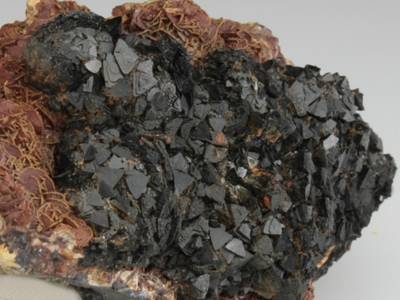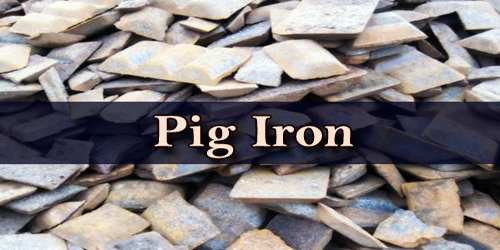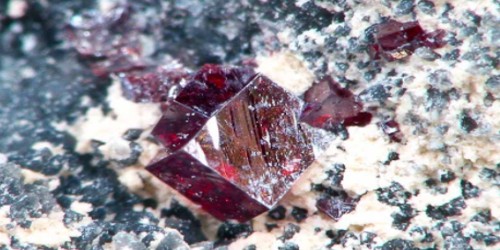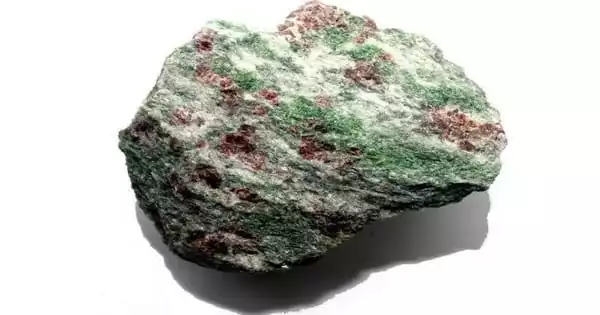Cronstedtite is a complex iron silicate mineral belonging to the serpentine group of minerals. It has a formula of Fe2+2Fe3+(Si, Fe3+O5)(OH)4. It is a trigonal-ditrigonal pyramidal mineral containing hydrogen, iron, oxygen, and silicon. It was discovered in 1821 and named in honor of Swedish mineralogist Axel Fredrik Cronstedt (1722–1765). It has been found in Bohemia in the Czech Republic and in Cornwall, England.
General Information
- Category: Silicate minerals
- Formula: Fe2+2Fe3+(Si, Fe3+O5)(OH)4
- Crystal system: Trigonal
- Crystal class: Ditrigonal pyramidal (3m) (same H-M symbol)

Properties
It is a mineral consisting of a black hydrous iron silicate of the chlorite group, crystallizing in hexagonal prisms with perfect basal cleavage, and showing a dark green streak (specific gravity 3.34–3.35)
- Color: Black, dark brown-black, green-black
- Cleavage: Perfect on {001}
- Tenacity: Elastic
- Luster: Sub-Metallic
- Streak: Dark olive green
- Diaphaneity: Translucent
- Specific gravity: 3.34 – 3.35
Occurrence: A low-temperature hydrothermal product in ore veins. Cronstedtite is a major constituent of CM chondrites, a carbonaceous chondrite group exhibiting varying degrees of aqueous alteration. Cronstedtite abundance decreases with increasing alteration.
Association: Siderite, pyrite, sphalerite, clinochlore, quartz.
Information Source:
















